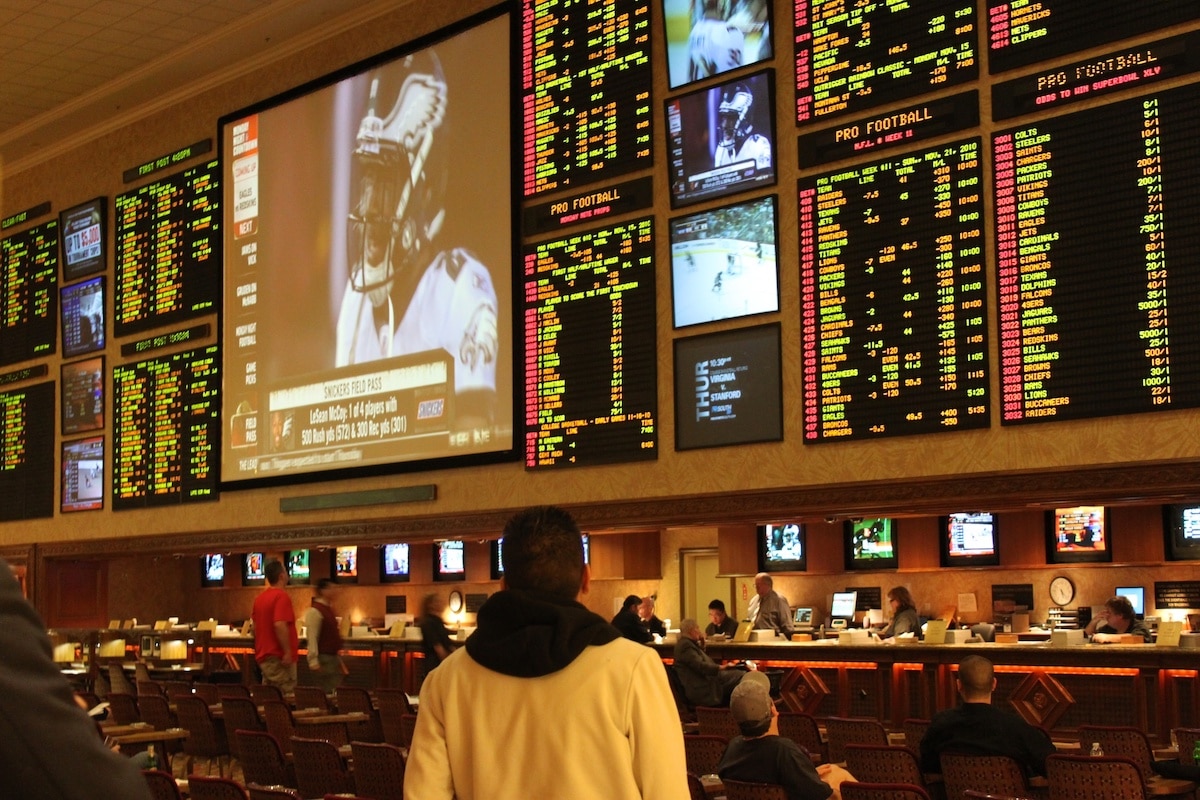Let’s imagine you’ve finally decided to place a bet on an upcoming sporting event, prepared perfectly, and resolutely headed to the sportsbook site for making a parlay. You have all the information you need from the battling teams’ meetings over the previous 10 years to the fabric composition of the players’ uniforms. But the numbers in the lines made you roll your eyes. Using the example of the bookmaker https://wazamba.com/hi/, let’s analyze what these and other numbers mean and how they affect the size of the winnings.
Misinterpreting the coefficients can completely erase all your knowledge of the event if you mix up the values.
Decimal Odds
Perhaps, the most easily explained meanings for characterizing the event’s outcome. It is widely used by sportsbooks in Europe, including Wazamba. To understand the number of winnings, you need to multiply your bet by the odds.
That is if one team in the event has odds of 1.25, and your stake is $100, then if the outcome is positive, you will win $125. Please note this amount includes the refund of your original bet. So, the net profit will count as $25.
In the European odds format, it is easy to determine the favorite of the match at a glance. The numbers for this team/athlete will be the lowest. A bookmaker places large amounts of winnings on an opponent, who most likely will not win.
So, for example, if you see the number 1.8 on Team A, and 3.5 on Team B, then A is considered the favorite in the upcoming event.
Fractions
Prima facie more complex coefficients. But until you get used to it. Mainly practiced in British sportsbooks. They look like 11/4. Namely, for every 4 dollars invested, you can get 11 net income. Separately, the size of your bet is added to this amount. To calculate your profit, multiply the stake by the fraction. For example, $100 bet * 11/4 = $275. Here, the highest amount in the event indicates the weakest player.
Weird Punctuation Marks with Numbers
A favorite option among American bookies. Let’s jump right into an example:
- A — -500,
- B — +300.
If you see something like this, you can immediately determine the winner by the “-” sign. So, team A is predicted to win. And if you bet $500, you can get $100 extra. That is, you will win back your 500 and earn 100, 600 dollars in total.
An outsider is listed with a “+” sign. However, if you choose to bet $100 on it, you can win $300 in net profit.
How are Coefficients Formed?
A bookmaker determines the probability of each outcome as a percentage: the victory of one athlete, the loss of another, a draw, etc. Then adds a margin for each variant. And then, divides 100 by that percentage. Thus, the decimal coefficient comes out.
To define the chance of winning one of the participants, a long analysis is carried out:
ü athletes’ strength,
ü their moral and physical form,
ü game places (at home, in a foreign field),
ü the relationship between the coach and the team,
ü main players’ line-up, etc.
Concerning live betting, the odds change as the game progresses. To keep up with the reaction of bookmakers and odds variations, you need to be especially attentive, continuously monitor the broadcast, and be able to respond promptly. For this goal, it is important to have quick access to the game account on the bookmaker’s website and a stable Internet connection.
No matter how the situation changes during the game, you should not do rash acts. For example, believing that the games’ score will not change until the end of playing time, or the top athlete will retain his ranking position (frequently in women’s tennis).
The conditions of the accepted rates remain unchanged even after the quotes vary.
Featured Image Credit: Wikipedia


